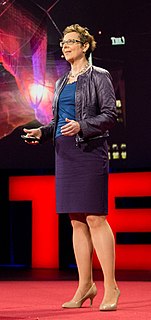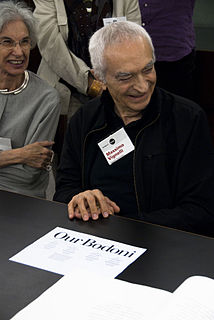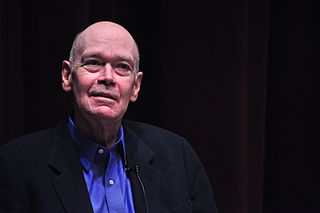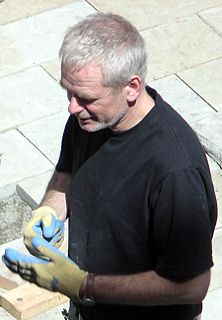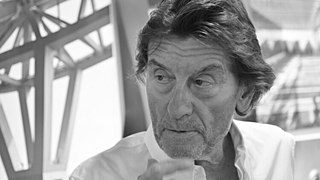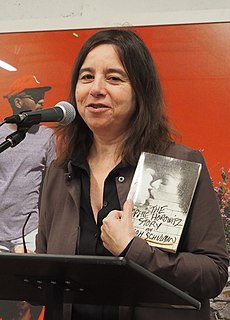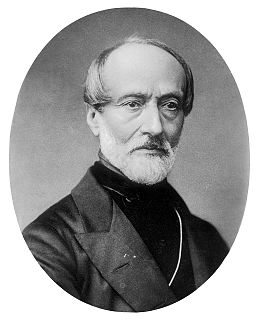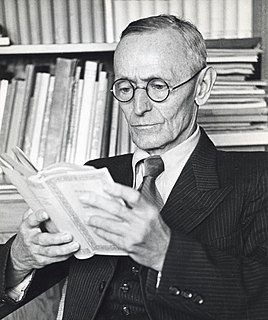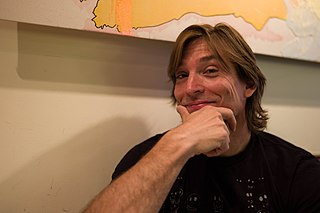A Quote by Janet Echelman
I recognize that it is through the engagement with my craft - by recognizing an idea and drawing it out, building physical models, collaborating with experts, constructing the sculptures at urban scale, and maintaining them through years of weather and interaction with the public - that a new art for cities has become real.
Related Quotes
If you paint a building shocking pink, that has no scale, it is just a huge mistake, but it's not in the scale of the city to have things like that. You know. So, not only because it's not appropriate, not only because it's offensive to the environment, I mean but among them also because that quantity of that color in the urban scale, is out of scale.
By 2050, seven out of ten people will live in cities, which will account for six billion people living in urban areas. That phenomenon is central to all the challenges humanity faces. If there is an issue to be addressed, then it is certainly happening in cities and therefore must be considered on an urban scale.
Living in cities is an art, and we need the vocabulary of art, of style, to describe the peculiar relationship between man and material that exists in the continual creative play of urban living. The city as we imagine it, then, soft city of illusion, myth, aspiration, and nightmare, is as real, maybe more real, than the hard city one can locate on maps in statistics, in monographs on urban sociology and demography and architecture.
In the past, heartland whites with some kind of dream or desire left their towns for cities to become citified. They wanted to get away from religion, from their families, they wanted to come out, make art, have sex, have experiences. But this new crew was something we had never seen before. They were the first generation of suburban Americans. They came, not to be citified, but rather to change cities into places they could recognize and dominate.
As an architect it is very important that you distinguish between different realities. There's the reality of the drawing and the reality of the building. So one could say, or at least it is the common belief that architecture has to be built; I always denied that, because ultimately it is based on an idea. I don't ever need a building to verify my idea. Of course, what with a building is more its vanity and actual physical experience. But I anticipate; I wouldn't even build it if I could not anticipate how it would be.
This album - Pain Medicine - is diverse enough and healing enough to help people get through real life sh*t whether it be through laughing at a dude because he's wack in the bed or it be through a record like when crying is easy where you explore what isn't in life that will make you happy. Real recognize real.
Art is craft: all art is always and essentially a work of craft: but in the true work of art, before the craft and after it, is some essential durable core of being, which is what the craft works on, and shows, and sets free. The statue in the stone. How does the artist find that, see it, before it's visible? That is a real question.
